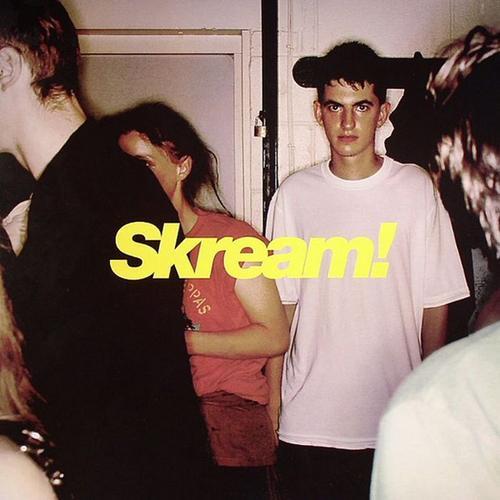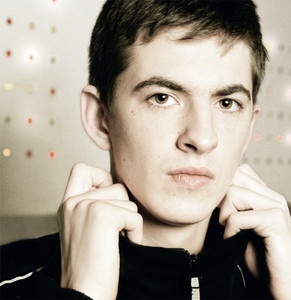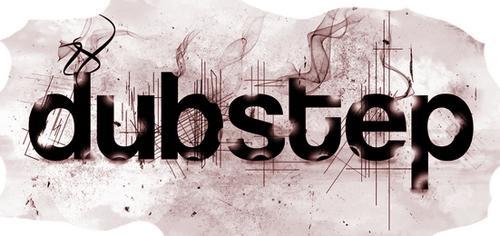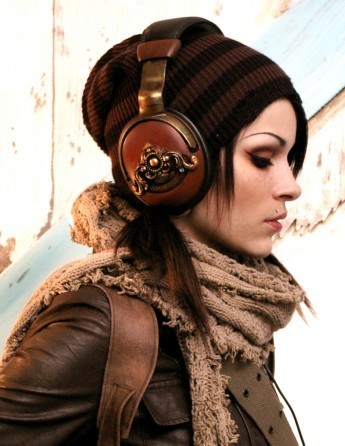Dubstep stepped into the limelight in 2001 at Plastic People, a London nightclub, on their ¿Forward Night¿. Many more people got to hear the genre in 2003 when it was publicized by the British DJ, John Peel, on BBC Radio 1. |
|
 | Music producers took dubstep further by incorporating newer influences, giving rise to dubstep offshoots electro house and brostep (dubstep blended with heavy metal), which struck a chord with American listeners. With its usually dark, sometimes dissonant or aggressive quality that defies easy judgement, dubstep invites plenty of debate. Is it a mere sub-genre of electronic dance music? Or does it represent the music of a new generation? While aficionados swear by it, others dismiss dubstep as lacking the depth and class of older genres like rock and blues that still enthral music lovers. |
| Once you¿re familiar with the genre, you¿ll be able to spot the presence of dubstep in the music of mainstream pop artistes like Britney Spears¿ (¿Hold It Against Me¿,) Rihanna (Rated R) and Magnetic Man (¿I Need Air¿). Arguably the most fascinating aspect of dubstep is its flexibility in absorbing ever more musical influences and regenerating itself. New offshoots that have sprung forth in recent years are often clubbed together for convenience as post-dubstep. Time to tune in! |   |
 From 2-Step Garage to Post-Dubstep
From 2-Step Garage to Post-Dubstep
